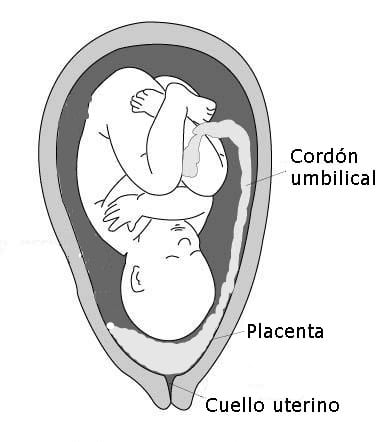Placenta previa is an obstetric complication in which the placenta is inserted partially or wholly in the lower uterine segment. It is a leading cause of postpartum hemorrhage (vaginal bleeding). It affects approximately 0.4-0.5% of all labors.
In the last trimester of pregnancy the isthmus of the uterus unfolds and forms the lower segment. In a typical pregnancy the placenta does not overlie. If the placenta does overlie the lower segment, as is the case with placenta previa, it may shear off and a small section may bleed.
Women with placenta previa often present with painless, bright red vaginal bleeding. This commonly occurs around 32 weeks of gestation, but can be as early as late mid-trimester. This bleeding often starts mildly and may increase as the area of placental separation increases. Previa should be suspected if there is bleeding after 24 weeks of gestation.
Women may also present as a case of failure of engagement of fetal head.
Exact cause of placenta previa is unknown. It is hypothesized to be related to abnormal vascularisation of the endometrium caused by scarring or atrophy from previous trauma, surgery, or infection. These factors may reduce differential growth of lower segment, resulting in less upward shift in placental position as pregnancy advances.
Placenta praevia. (2016, September 28). In Wikipedia, The Free Encyclopedia. Retrieved 18:48, September 28, 2016, fromhttps://en.wikipedia.org/w/index.php?title=Placenta_praevia&oldid=741631801

